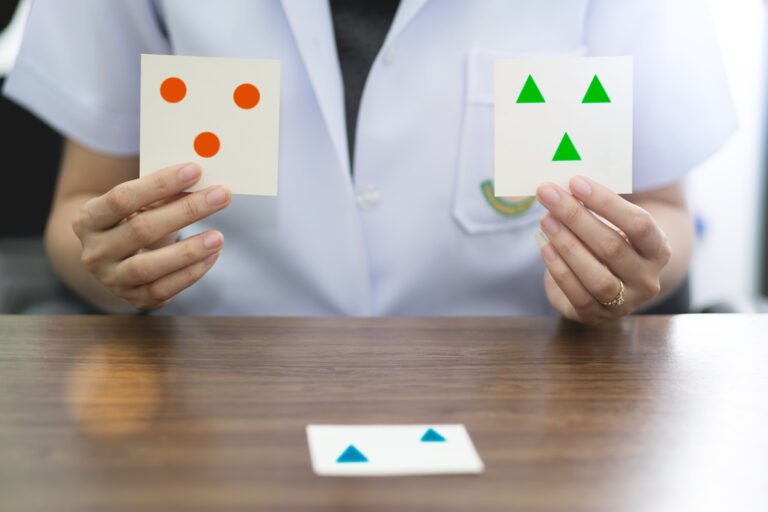Chocolate has been a beloved treat for centuries, with its rich and decadent flavor tantalizing our taste buds and satisfying our sweet cravings. But did you know that chocolate making can also engage our sensory skills and cognition? Yes, that’s right – the process of making chocolate not only produces a mouth-watering end product, but it also involves a complex and fascinating journey that can stimulate our senses and challenge our cognitive abilities.
Let’s start with the basics – how is chocolate made? The process begins with the cacao tree, which grows in tropical regions such as South America, Africa, and Asia. Cacao pods, the fruit of the cacao tree, are harvested and broken open to reveal cacao beans. These beans are then fermented and roasted to develop their characteristic flavor. Next, they are cracked and winnowed to remove the outer shells, leaving behind the cocoa nibs.
This is where the magic happens – the cocoa nibs are ground into a paste called cocoa liquor, which is then pressed to extract cocoa butter. The remaining solids are ground into cocoa powder. These two components, cocoa butter, and cocoa powder, are then combined with other ingredients such as sugar, milk, and flavorings to create chocolate in its various forms – dark, milk, and white.
Now that we have a basic understanding of the chocolate-making process, let’s explore how it engages our sensory skills.
Sight: The first step in making chocolate involves visually inspecting the cacao pods for ripeness. This requires keen observation skills to determine which pods are ready to be harvested. In addition, the roasting stage involves carefully monitoring the color of the cocoa beans to achieve the desired depth of flavor.
Smell: As the cocoa beans are roasted, they release a rich, earthy aroma that can transport us to the tropical regions where they are grown. The smell of chocolate is often associated with feelings of comfort and happiness, making the process of making chocolate a sensory delight.
Touch: The grinding of cocoa nibs into cocoa liquor is a crucial step in chocolate making. This process requires the use of specialized machines that grind the nibs into a smooth paste. The texture of the cocoa liquor can vary depending on the type of grinding equipment used, and skilled chocolatiers must be able to adjust the process to achieve the desired consistency.
Taste: Of course, no discussion about chocolate would be complete without mentioning taste. From the bitter cocoa nibs to the sweet finished product, each step in the chocolate-making process involves tasting and adjusting for the perfect flavor profile. Chocolatiers must have a highly developed palate to create high-quality chocolate.
Now, let’s delve into how chocolate making engages our cognitive abilities.
Problem-solving: Making chocolate is not as simple as melting some cocoa butter and adding sugar. It requires precise measurements, knowledge of ingredients, and careful manipulation of temperature and timing. Chocolatiers must be able to solve problems that may arise during the process, such as the chocolate not setting properly or the flavors not blending well.
Creativity: While there are traditional recipes for making chocolate, there is also room for creativity and experimentation. From adding different types of nuts and fruits to incorporating unique flavor profiles, chocolatiers have the opportunity to express their creativity and develop new and exciting products.
Memory: Creating high-quality chocolate requires consistency, which means keeping track of each step in the process and replicating it every time. Chocolatiers must have a good memory to remember specific recipes and techniques for each type of chocolate they produce.
Attention to detail: Chocolate making is a delicate process that requires attention to detail at every stage. Whether it’s monitoring the temperature of the chocolate or carefully mixing ingredients, chocolatiers must have a keen eye for detail to ensure their chocolates are of the highest quality.
In conclusion, chocolate making is not just a simple process of melting and molding chocolate. It involves a complex journey that engages our senses and challenges our cognitive abilities. From visually inspecting cacao pods to creatively experimenting with flavors, chocolatiers use their skills and knowledge to create the chocolate we all know and love. So the next time you enjoy a piece of chocolate, take a moment to appreciate the craftsmanship and expertise that went into making it.





